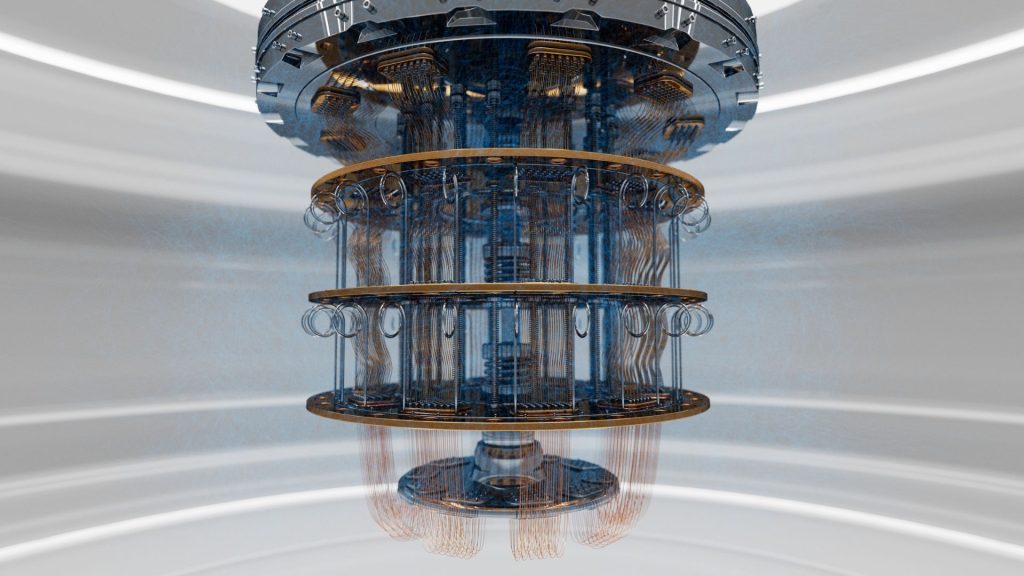A team of Chinese researchers has achieved a major milestone in quantum computing by successfully building a device that can simulate the movement of electrons inside solid materials.
The study was published in the journal Natureshows that quantum computers may be able to outperform even the most powerful supercomputers.
Understanding the behavior of electrons is crucial to scientific advances, particularly in the areas of magnetism and high-temperature superconducting materials, which could revolutionize the transmission and transportation of electricity, leading to significant energy savings and technological advances.
“Our achievement demonstrates that the capabilities of quantum simulators exceed those of classical computers, marking a milestone in the second stage of China’s quantum computing research,” said team leader Pan Jianwei from the University of Science and Technology of China.
For reference, the second phase of quantum computing focuses on developing specialized quantum simulators, which are designed to address specific scientific problems that are too complex for classical computers to handle efficiently.
A complex challenge
The research team focused on simulating the Fermionic Hubbard model (FHM), a theoretical model describing the motion of electrons in a lattice proposed in 1963 by British physicist John Hubbard.
However, despite its importance in explaining high-temperature superconductivity, the model is notoriously difficult to simulate due to its complexity.
Moreover, the model has no exact solution in two or three dimensions, and even the most powerful supercomputers struggle to explore its full parameter space due to its high computational requirements.
Chen You, a co-author of the paper, said: explanation Using a conventional computer to simulate the movement of 300 electrons would require more memory capacity than the total number of atoms in the universe.
Overcoming the challenges of quantum simulation
quantum In our simulations, we plot the low-temperature phase diagram of the FHM using ultracold fermionic atoms in an optical lattice.
However, previous quantum simulation experiments have struggled to achieve an antiferromagnetic phase transition due to the difficulty of cooling fermionic atoms and the inhomogeneity introduced by standard Gaussian lattice lasers.
To overcome the challenges associated with simulating the Hubbard model, the team combined machine learning optimization techniques with previous work on homogeneous Fermi superfluids.
This allowed us to create optical lattices with uniform intensity distribution, achieve ultralow temperatures and develop new measurement techniques to precisely characterize the state of the quantum simulator.
Groundbreaking Observations, Promising Future
The research culminated in the observation of the material switching from a paramagnetic state (weakly attracted to a magnet) to an antiferromagnetic state (hardly responsive to magnets). high temperature The mechanism of superconductivity.
“A thorough understanding of the physical mechanisms of high-temperature superconductivity will enable us to scale up the design, fabrication and applications of new high-temperature superconducting materials, potentially revolutionizing fields such as power transmission, medicine and supercomputing,” Chen said, highlighting the potential impact of this research.
This breakthrough represents a major step forward in quantum computing research, which could contribute significantly to the development of specialized quantum simulators to tackle scientific problems beyond the capabilities of classical computers.
About the Editor
Aman Tripathi An active and versatile journalist and news editor, he has covered regular and breaking news for many leading publications and news outlets including The Hindu, Economic Times, Tomorrow Makers etc. Aman has expertise in politics, travel and technology news, especially AI, advanced algorithms and blockchain, with an intense curiosity for all things science and technology.


